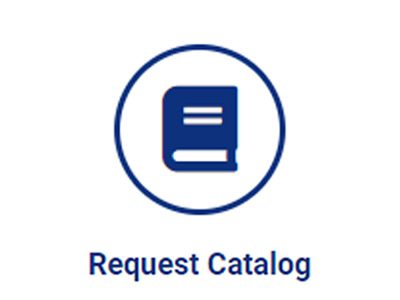“Coulometric Total Carbon Dioxide Analysis for Marine Studies: Automation and Calibration” Marine Chemistry 21 (1987): 117-133
Johnson K. M., J. McN. Sieburth
Graduate School of Oceanography, Uniservity of Rhode Island, Bay Campus, Narragansett,
RI 02882-1197 (U.S.A.)
P.J.leB. WILLIAMS* and L. BRANDSTROM
Department of Marine Microbiology, Institute of Botany, University of Gothenburg, Gothenburg
41319 (Sweden)
(Received May 7, 1986; revision accepted January 14, 1987)
ABSTRACT
Johnson, K.M. Williams, P.J. leB., Brandstorm, L. and Sieburth, J.McN., 1987. Coulometric total carbon dioxide analysis for marine studies: automation and calibration. Mar. Chem., 21: 117-133.
An automated instrument for the coulometric detection of total carbon dioxide (TCO2) was developed from the manual prototype of Johnson et al. Pure CO2 was used to calibrate was used to calibrate the detector, the whole analytical procedure was controlled by a microcomputer, and the unit was compact enough for field and shipboard use. Some 67 samples from the Asko fields station on the Baltic Sea (salinity = 6; TCO2 ranging from 1224.3 to 1276.1 µmol 1-1 with a mean of 1245.6 µmol 1-1) and 31 samples from Swedish lakes (TCO2 ranging from 19.5 to 252.3 µmol 1-1 with a mean of 72.9 µmol 1-1) were analyzed. The pooled standard deviation of these analyses was +1.0 µmol 1-1 (% CV of 0.09 and 1.3%, respectively. Precisions of <0.1% were routine for waters exceeding 1000 µmol 1-1 TCO2. At Asko on the Baltic Sea, the mean absolute difference between coulometric and pH-alkalinity determinations of TCO2 on 22 parallel samples was 6.7 µmol kg-1 or 0.5% of the mean. Community metabolism studies gave maximum rates of net production (TCO2 uptake) and respiration (TCO2 production) of 0.9-1.2 and 0.3-0.5 µmol 1-1 h-1, respectively. The results of this study provide solutions to the problems observed with the earlier manual prototype.
INTRODUCTION
The coulometric determination of CO2 is a standard method (see ASTM Publication D 513-82) adapted for the determination of total carbon dioxide (TCO2) in marine waters by Johnson et al. (1985). With a commercial coulometer and custom glassware for CO2 extraction, successful comparisons of TCO2 uptake with 14C uptake have made in estuarine waters (Bender et al., 1987). The original analytical procedure was laborious, but its potential for measurements of marine metabolism encouraged us to automate the analytical and calibration procedures. For calibration, a stainless steel loop is filled with pure CO2 at ambient temperature and pressure, its contents analyzed, and the result compared with the loop content calculated from the gas law to ensure that the coulometer and cell are performing to theory. This procedure replaces the use of weighed samples of CaCO3. For automation, the original glassware is simplified, and in-line electric solenoid valves under the direction of a microcomputer or programmable controller replace manual valves and stopcocks.
During this work two automated systems were built. A prototype in Narragasett, RI, (hereafter called URI-I), and a fully developed system in Gothenburg, Sweden, (called UG-I). For system URI-I, the coulometer was purchased in October 1982, the solenoid valves controlled by a stand-alone programmable controller, and a small microcomputer detected end points and printed the results. For system UG-I, the coulometer was purchased in December 1984, the solenoid valves are controlled by a custom built 16 channel relay controller coupled to and controlled by a desk-top computer. This computer also controls all other aspects of the analysis. The URI-I system was used to develop the CO2 calibration, while all of the marine and fresh water analyses, including samples from lakes of high acidity and a field location on the Baltic Sea, were run on the UG-I system.
For Baltic samples, coulometrically determined TCO2 variation was compare with O2 variation and with total carbonate concentrations, calculated from pH and alkalinity. The absolute difference between parallel analyses of duplicate samples for total carbonate ranged between 0.1 and 1.0%. The automated and improved coulometric technique was precise enough to enable estimates of productivity and respiration in waters showing only 4-6 µmolar changes day-1. In our experience this system may offer an alternative to 14C measurements of productivity in some situations, it, of course, also provides respiratory measurements. Many of the problems encountered in the original work were resolved by the improved calibration procedure which also was of help in the interpretation of data. At the level of precision (% coefficient of variation < 0.1%) and accuracy provided by automated coulometry, sample handling and storage becomes critical, and further work may be needed before a completely unbiased sampling procedure for TCO2 is assured.




